VICTORIA – The Forest Practices Board has successfully tested new tools to audit the effectiveness of forest practices in maintaining biodiversity and other important forest values, according to two new board reports released today.
The first report addresses the testing of criteria and indicators to evaluate the maintenance of biodiversity – probably the most difficult forest value to measure. The board found that criteria and indicators provide an objective, science-based assessment standard for evaluating biodiversity conservation by forest licensees.
Canfor’s management of biodiversity on Tree Farm Licence 37 on northern Vancouver Island was the subject of the testing process. Canfor’s operations under this licence are certified by the Canadian Standards Association and overseen by a sustainable forest management plan with specific provisions for biodiversity, which provided the ideal test environment for the board’s new audit tools.
“We appreciate Canfor’s willingness to volunteer in helping the board test this new approach to auditing the effectiveness of forest practices on the ground,” said board chair Bruce Fraser.
The second report summarizes the experience and lessons learned in five pilot audits examining soil conservation, visual quality, and stream riparian management, in addition to the biodiversity work. The criteria and indicators and the audit methods were the subject of consultation and discussion with government agencies, academics and forestry licensees.
“By developing and testing these audit tools, we can report to British Columbians on the effectiveness of forest practices in protecting biodiversity, fish and wildlife habitat, community watersheds, and other forest values, which is essential in a results-based regulatory environment,” said Fraser.
The report also notes that using criteria and indicators in board audits is complicated by several issues. For example, it can be difficult to attribute impacts directly to one operator’s forest practices when there are other activities such as ranching, mining, or private land development taking place on the same land.
“Despite some weaknesses, criteria and indicators are vitally important tools to measure the effectiveness of forest practices conducted under the Forest and Range Practices Act,” said Fraser. “We will continue to develop and refine our auditing tools over the coming years, as the new legislation starts to influence practices on the ground.”
The Forest Practices Board is an independent public watchdog that reports to the public about compliance with the Forest and Range Practices Act (FRPA) and the achievement of its intent. The board’s main roles under FRPA are:
Erik Kaye
Communications
Forest Practices Board
Phone: 250-356-1586 or 1-800-994-5899
